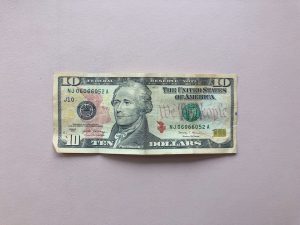When it comes to trading in the forex market, it is important to understand the concept of correlation between currency pairs. Correlation refers to the statistical measure of how two currency pairs move in relation to each other. By identifying correlated forex pairs, traders can gain valuable insights into potential trading opportunities and make more informed decisions.
Correlated forex pairs can be categorized into two types: positive correlation and negative correlation. Positive correlation occurs when two currency pairs move in the same direction, meaning that if one pair increases in value, the other pair is likely to also increase in value. On the other hand, negative correlation occurs when two currency pairs move in opposite directions, meaning that if one pair increases in value, the other pair is likely to decrease in value.
Identifying correlated forex pairs can be a complex task, but there are several methods that traders can use to simplify the process. One of the most common methods is to analyze historical price data and look for patterns or trends that indicate a correlation between two currency pairs. Traders can use various technical indicators and charting tools to identify these patterns, such as moving averages, oscillators, and trendlines.
Another method to identify correlated forex pairs is to analyze fundamental factors that affect the currency market. Fundamental analysis involves studying economic indicators, central bank policies, geopolitical events, and other factors that can influence the value of a currency. By understanding the fundamental factors that affect different currencies, traders can identify pairs that are likely to move in the same direction based on these factors.
It is also important to note that correlation between currency pairs can change over time. Therefore, traders need to constantly monitor and update their analysis to ensure that they are trading based on the most accurate and up-to-date correlation information. This can be done by regularly reviewing historical price data, economic news releases, and other relevant information.
Once traders have identified correlated forex pairs, they can use this information to enhance their trading strategies. For example, if two currency pairs have a strong positive correlation, traders can use this information to confirm their trading signals. If they receive a buy signal on one pair, they can check the correlated pair to see if it also provides a buy signal. If both pairs confirm the buy signal, it can provide a higher level of confidence in the trade.
Similarly, if two currency pairs have a strong negative correlation, traders can use this information to hedge their positions. For example, if they have a long position on one pair and receive a sell signal, they can check the correlated pair to see if it provides a buy signal. If the correlated pair confirms the buy signal, they can take a long position on that pair to hedge their existing position.
In conclusion, identifying correlated forex pairs is an essential skill for profitable trading in the forex market. By understanding the correlation between currency pairs, traders can gain valuable insights into potential trading opportunities and make more informed decisions. Whether through technical analysis, fundamental analysis, or a combination of both, traders can use various methods to identify correlated forex pairs and enhance their trading strategies. However, it is important to constantly monitor and update correlation analysis to ensure accuracy and relevance.






